We’ve finished counting down our list of SA’s 50 Most Influential People – but just as interesting are those whose power is on the wane.
Here are the 10 biggest names who have plummeted off the list since its previous instalment in 2018.
Nick Xenophon
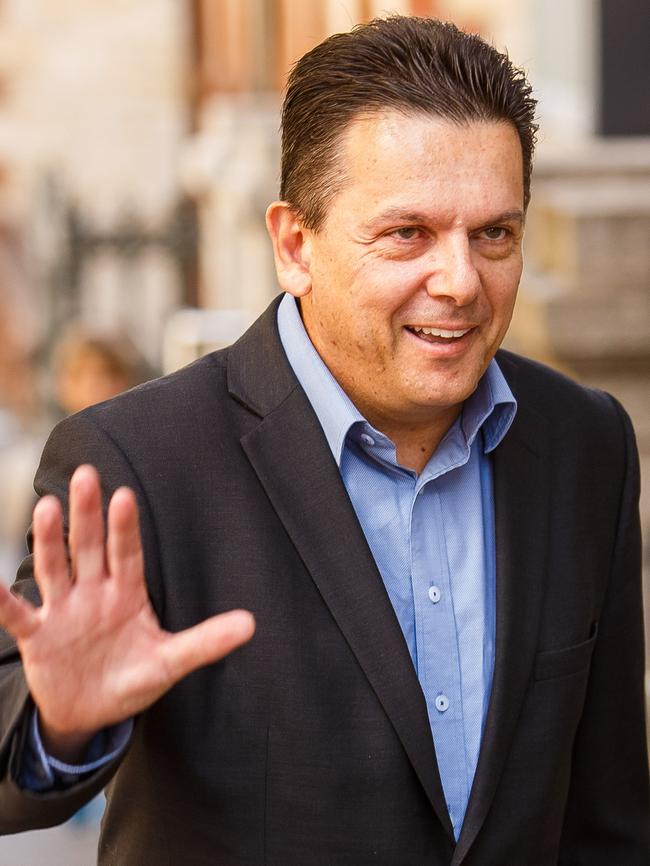
From hero to zero, Xenophon has gone from No.1 on our 2018 list to a self-imposed public exile from which he has only recently emerged. Mr X was No.1 in February 2018 because he had up-ended the campaign for the state election in March of that year. Months before, he made the stunning decision to quit the Senate to contest the state seat of Hartley. A pre-Christmas Newspoll showed him streets ahead as preferred premier. Even in early March, he led as preferred premier in a statewide Newspoll, sitting on 29 per cent. That was ahead of Jay Weatherill (28 per cent) and Steven Marshall (24 per cent). But the Xenophon-led SA Best failed to win any seats, including Hartley, and his political career was over. Xenophon, who had revelled in the public eye, swiftly disappeared from view and quietly resumed his legal career. He has re-emerged in recent months to argue the case for his client, Chinese-owned Huawei Australia, to be allowed to participate in Australia’s 5G network.
Jay Weatherill
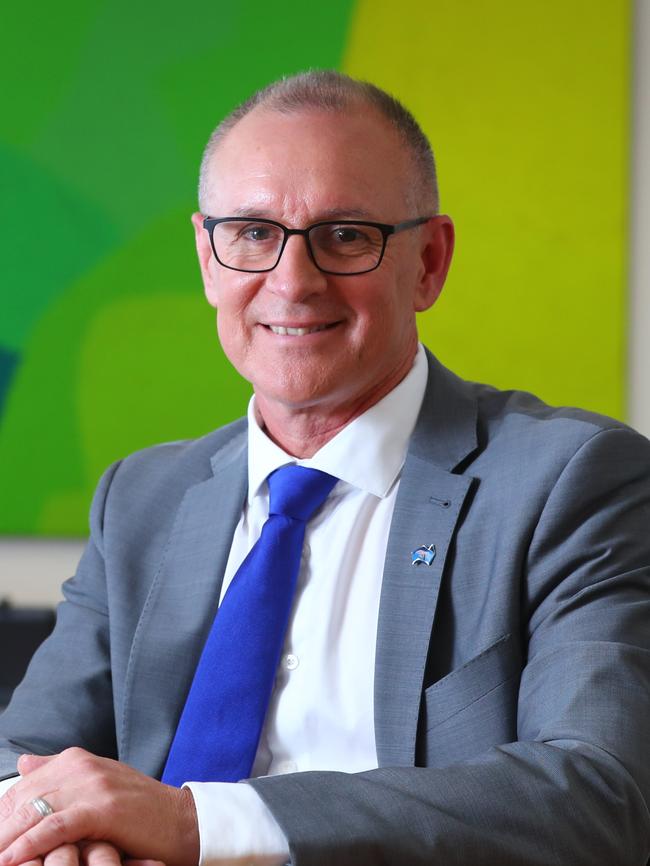
The long-serving Labor premier quit Parliament shortly after his government lost the 2018 state election. Before the poll, Weatherill had promised he would serve a full term, win or lose. However, he subsequently changed his mind and departed the seat of Cheltenham, which he had held since 2002. He has been busy since leaving North Tce. His experience in losing an election was valuable when he wrote a report for his federal counterparts about their own electoral disaster last year, after Labor leader Bill Shorten managed to lose against all odds to Coalition Prime Minister Scott Morrison. More recently, Weatherill, a champion of renewable energy and fighting climate change, took a job working for the charitable foundation of mining billionaire Andrew Forrest. The job has meant Weatherill, who was ranked third in the last list, has left the state to work for Forrest in Western Australia.
Cory Bernardi
The ever-outspoken Bernardi was at No.34 on our list in 2018. But back then he was still a senator and had left his long-term home in the Liberal Party to form a new outfit called the Australian Conservatives. Now, Bernardi is no longer a senator, having officially quit last month after a 13-year career, and his self-styled political party has gone to the great parliament in the sky. It’s dead. The death rattle for the Australian Conservatives was the 2019 federal election where it only attracted 1.47 per cent of the vote.
Still, Bernardi will long be remembered for railing against immigration, burquas, bad language on TV, how gay marriage could lead to the “next step” of human-animal unions and his enduring feud with his one-time friend and ex-defence minister Christopher Pyne.
Eddie Betts
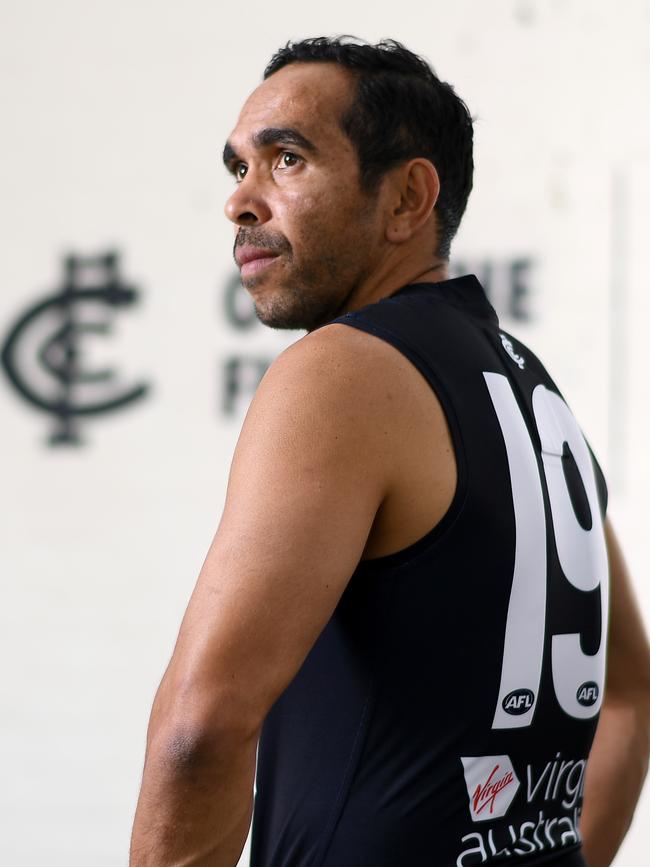
Adelaide Crows fans are still getting over the return of mercurial goalsneak Betts to Carlton, from where he came in 2014 to thrill them with increasingly impossible snaps at Adelaide Oval. The endearing Betts endured racist abuse, in 2017 declaring “enough is enough” after comments were hurled at him during a Showdown game. “We want to make footy an enjoyable place and support your team, win or lose,” Betts rightly said. In this case, he led by example, enthralling fans with his enthusiasm – even having an Adelaide Oval pocket “named” in his honour. His vibrant manner and goalscoring ability will be sorely missed.
Nigel McBride
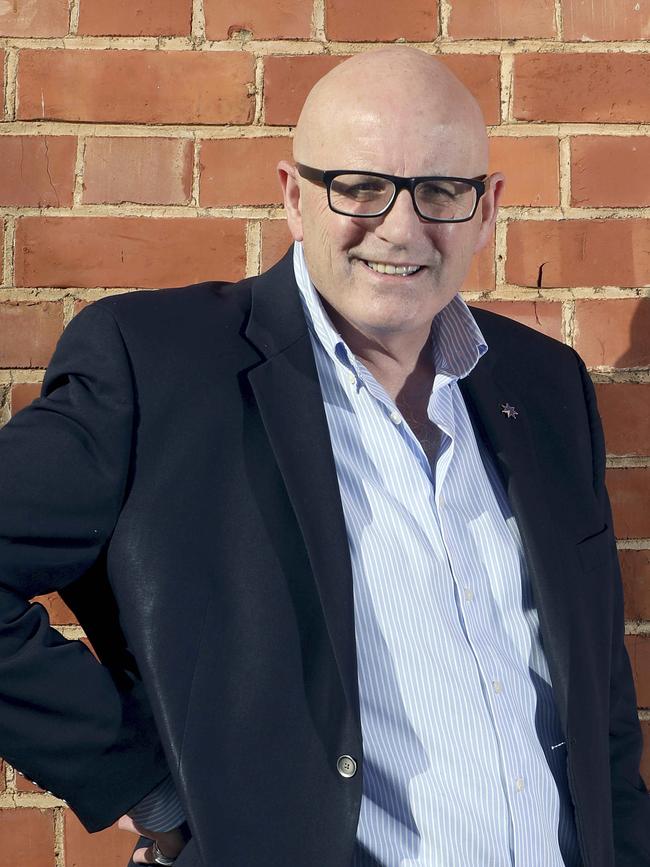
Leaving the top job at Business SA was always going to diminish McBride’s influence in the corridors of power. As head of the state’s peak business group for seven years, he campaigned for liberalised trading hours, cuts to the public sector and for SA to retain its share of GST distributions. And led some of Business SA’s highest-profile campaigns, including opposing the former state government’s proposed bank tax. Big issues and a big responsibility saw him rank No.66 in our 2018 list. He’s promised to bring the same business focus to his new role as chief executive of Prospect Council. One of the smaller urban councils, Prospect is undergoing gentrification while bracing for new planning rules and dealing with Kaufland’s decision not to proceed with its supermarket on Churchill Rd. McBride will be kept busy.
Vickie Kaminski
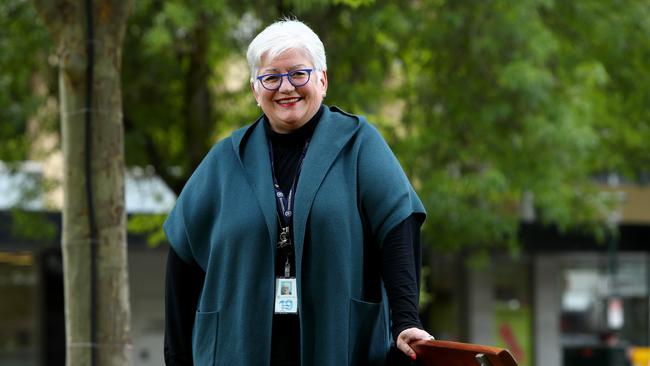
The Canadian health administrator who came, saw and left again. Kaminski had been brought to South Australia in 2016 to be deputy head of the Labor government’s ill-fated Transforming Health program. Transforming Health would prove to be a dud and political poison. But as senior health officials continued to leave the department, Kaminksi found herself in the top job with a healthy salary of about $550,000. In our last list, Kaminski was ranked No.49 but she was replaced soon after the 2018 election when her job was given to Chris McGowan, who has found himself in his own hot water after allegations of a conflict of interest. Kaminski returned to Canada and is now chief executive of the Winnipeg Regional Health Authority.
Kevin Scarce
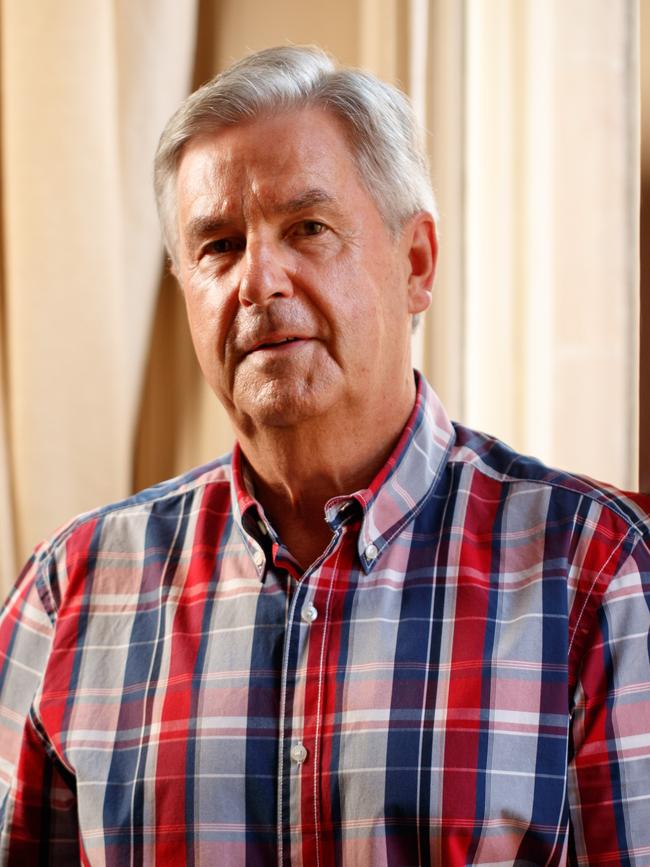
The long-serving former governor, nuclear royal commissioner and retired rear admiral, who prefers to be known as “Kev” than any of his numerous titles, has stayed out of the public eye in recent times. Undoubtedly he has significant influence, should he choose to deploy it, but has handed the reins to others. Given his seven years as governor were during Labor’s 16-year reign, he has perhaps been branded – unfairly – as a Labor man. Scarce holds important positions: he is Adelaide University chancellor and Adelaide Oval Stadium Management Authority chairman. He would clearly make a list of SA’s 100 most influential yet has been usurped by others, particularly Adelaide University Vice-Chancellor Peter Rathjen, a Scarce appointee whom he is clearly happy to have as the university’s public face.
Sally Zou
Money talks. And for Zou, it was a series of generous donations to the state and federal Liberal parties that catapulted her to No.32 on our 2018 list. While the enigmatic businesswoman has continued to pour hundreds of thousands of dollars into the coffers of the state and federal Liberal parties, she has spent more time in court than posting cryptic tweets in recent months, as the mystery of her corporate life has slowly become untangled.
In October 2018, she reached a settlement with Torrens Valley Orchards, which had earlier claimed Zou’s Aus Food Alliance failed to pay for 32 tonnes, or $414,000 worth of cherries. Then last year, her core company, Aus Gold Mining Group, was placed in the hands of administrators with estimated debts of more than $41 million, including a claim for $35 million from Zou herself. While the air of mystery surrounding Zou’s business interests has faded, her love of the Liberal Party has not. And as long as the donations keeps flowing, the money will continue to talk.
Don Russell
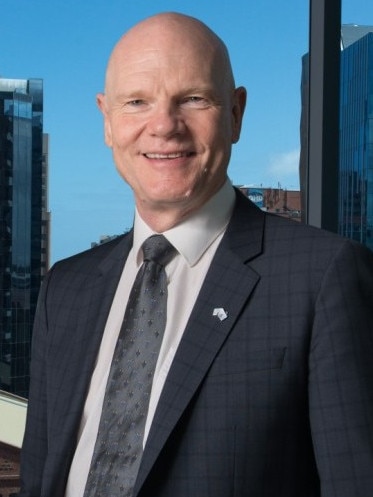
Russell came to South Australia in 2014 on the back of a highly successful career, which included a long stint as principal adviser to prime minister Paul Keating and as Australia’s ambassador in Washington. He also managed several federal departments before heading to SA to head the Department of State Development. Russell attracted criticism for remaining Sydney-based during his tenure in SA but became the state’s most powerful public servant when he was appointed chief executive of the Department of Premier and Cabinet in 2017. With his long-term Labor connections, Russell was never going to survive under the new Liberal government. He is now chairman of AustralianSuper, a fund that manages assets worth $170 billion.
Nick Mitzevich
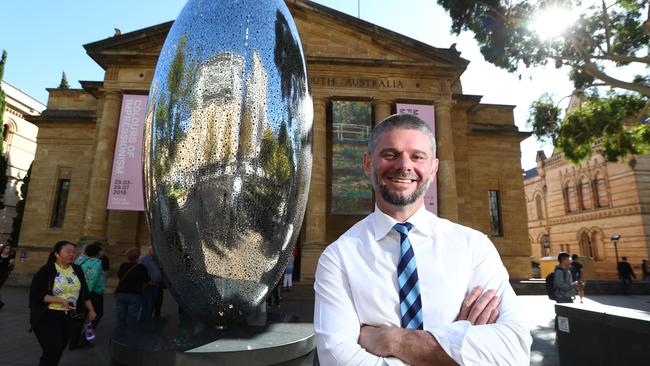
Mitzevich was installed as director of the Art Gallery of SA in 2010 after running the University of Queensland Art Museum in Brisbane. Mitzevich’s energy and vision was seen to have regenerated the venerable SA institution. Mitzevich hit the headlines in 2013 when he unveiled his most controversial acquisition, We are All Flesh, by Belgian artist Berlinde De Bruykere, a macabre installation of two entwined and headless horse carcasses hanging from a 9m industrial pole. His work in Adelaide attracted attention from further afield and Mitzevich, ranked No.52 in our list in 2018, was poached by the National Gallery of Australia in Canberra, where he has reinforced his reputation as one of the nation’s leading and most innovative art curators.
Now, in case you missed it, here’s our list of ...
